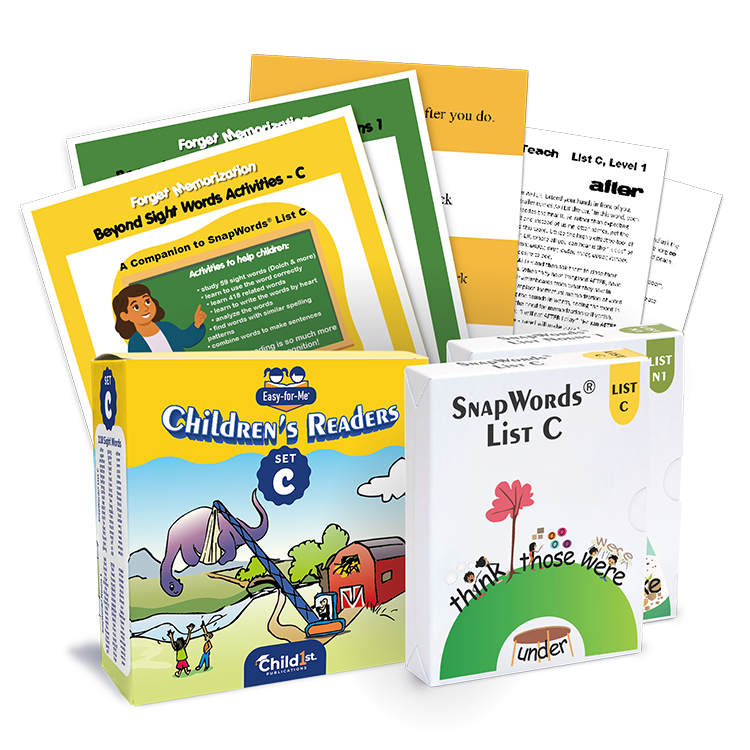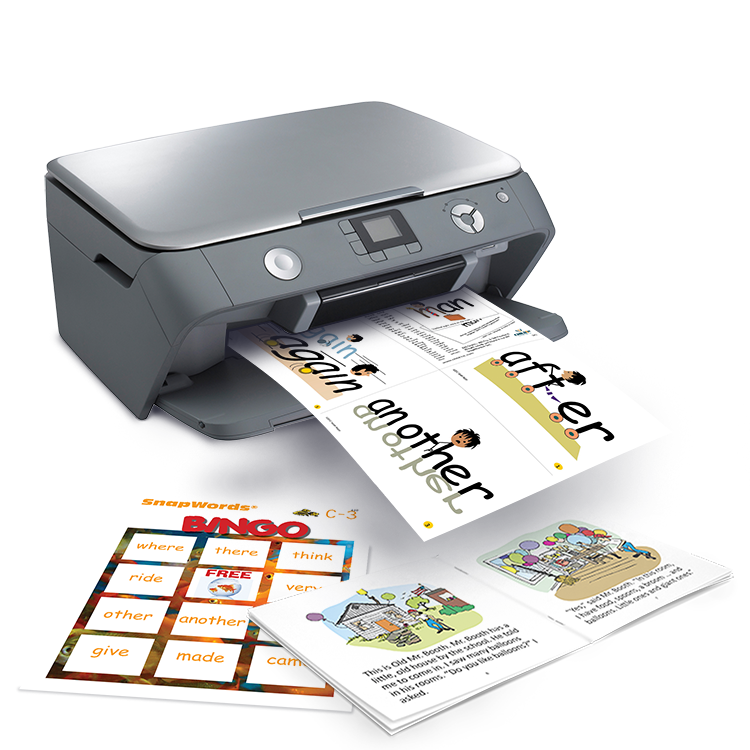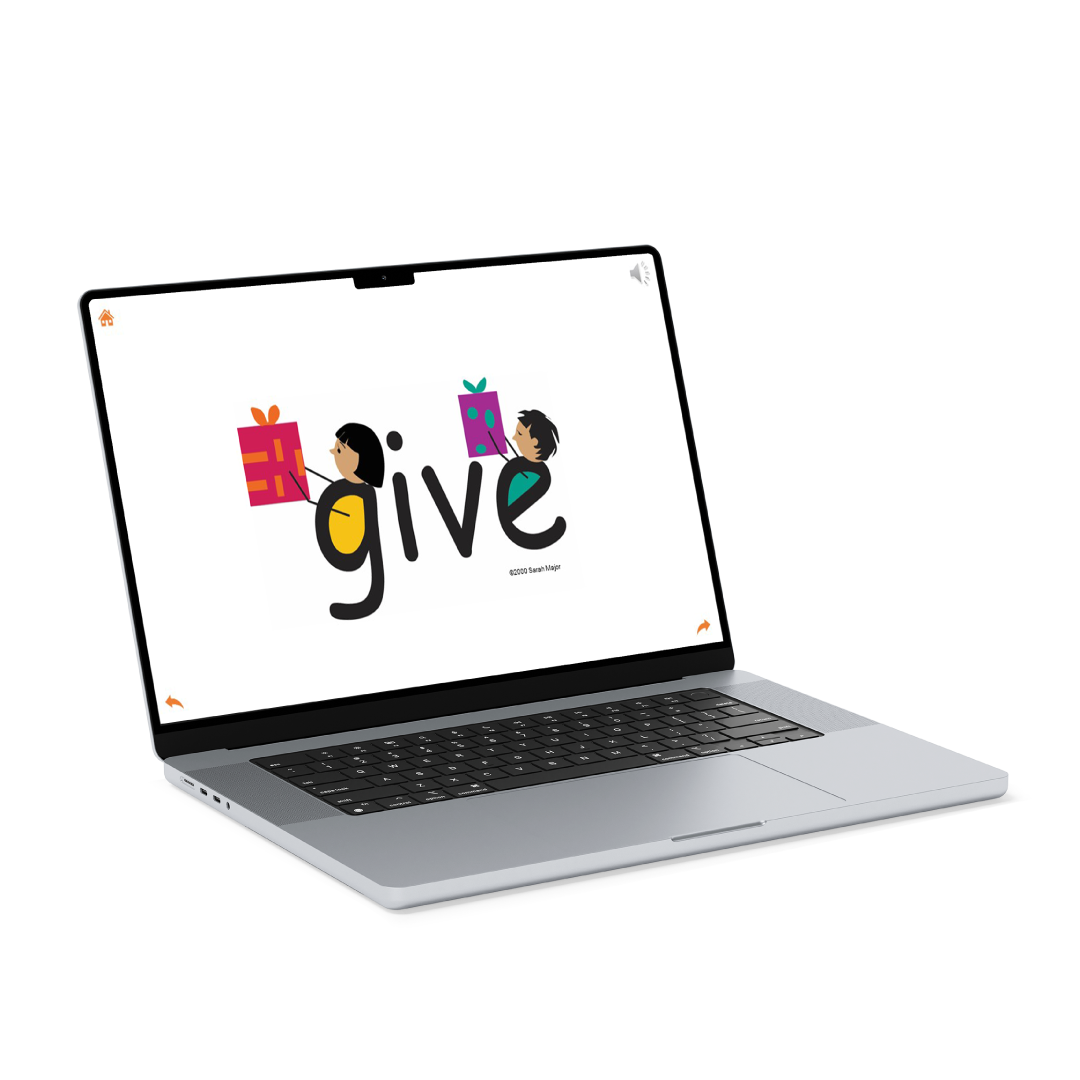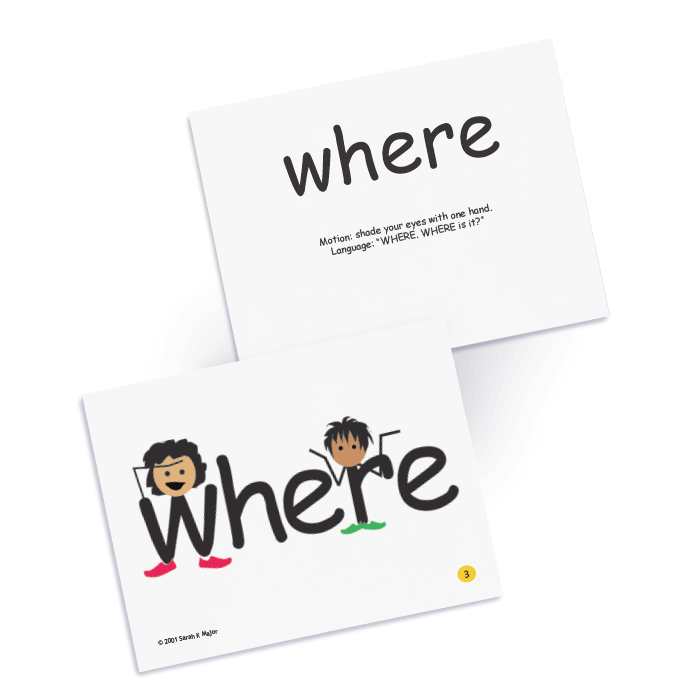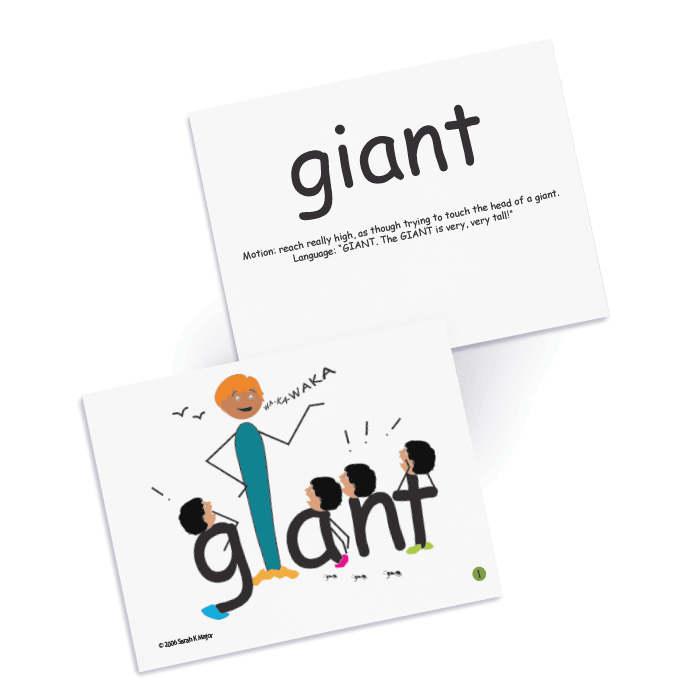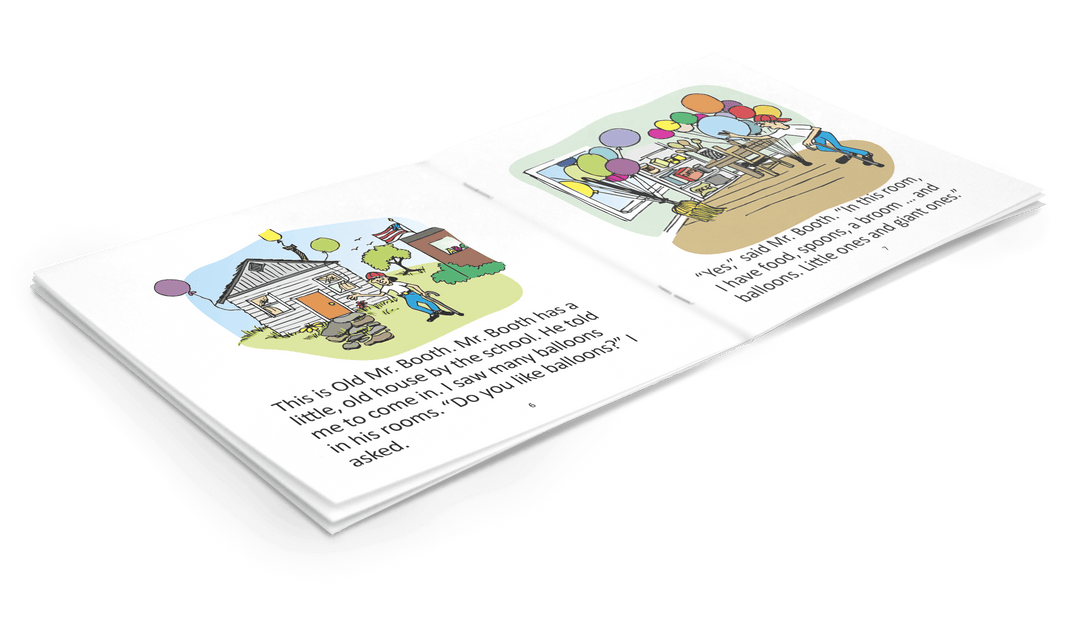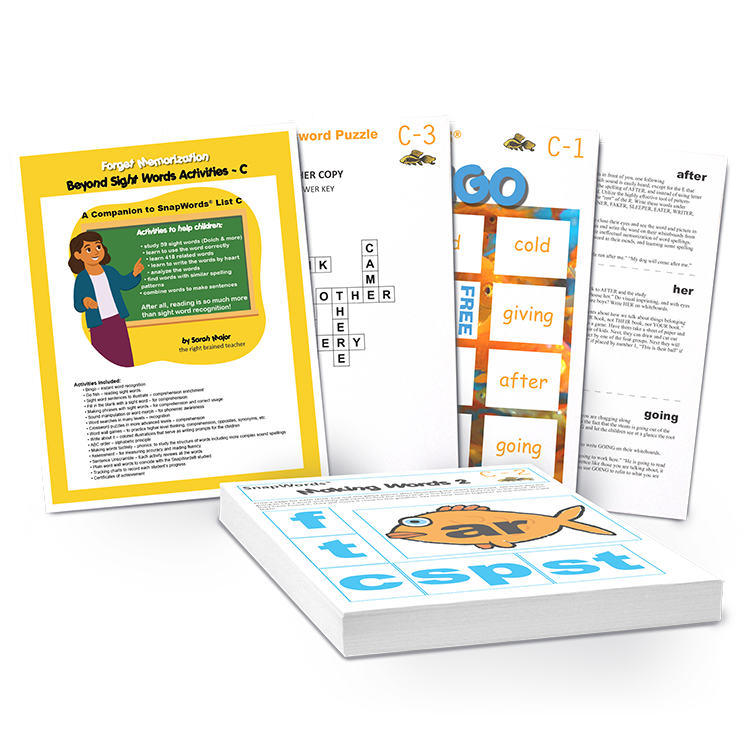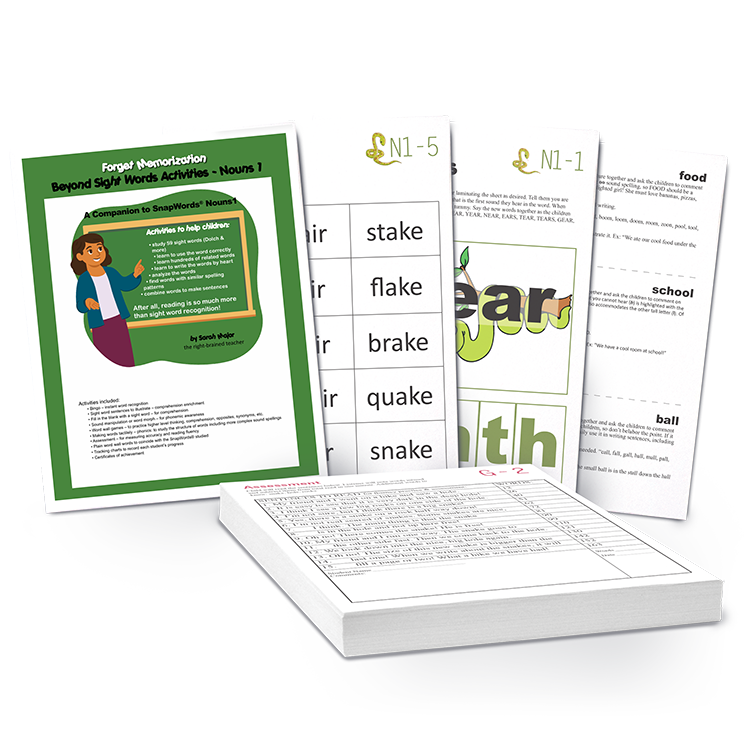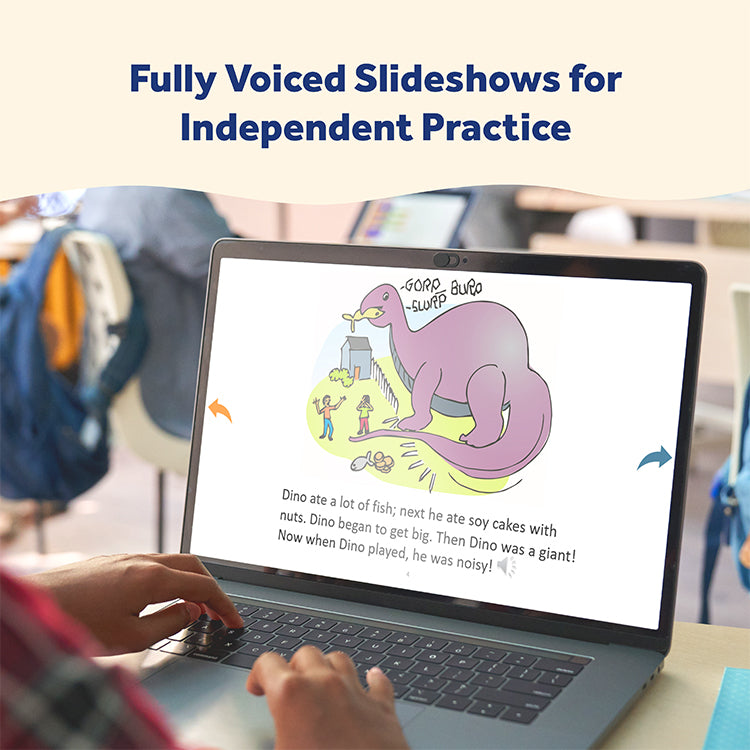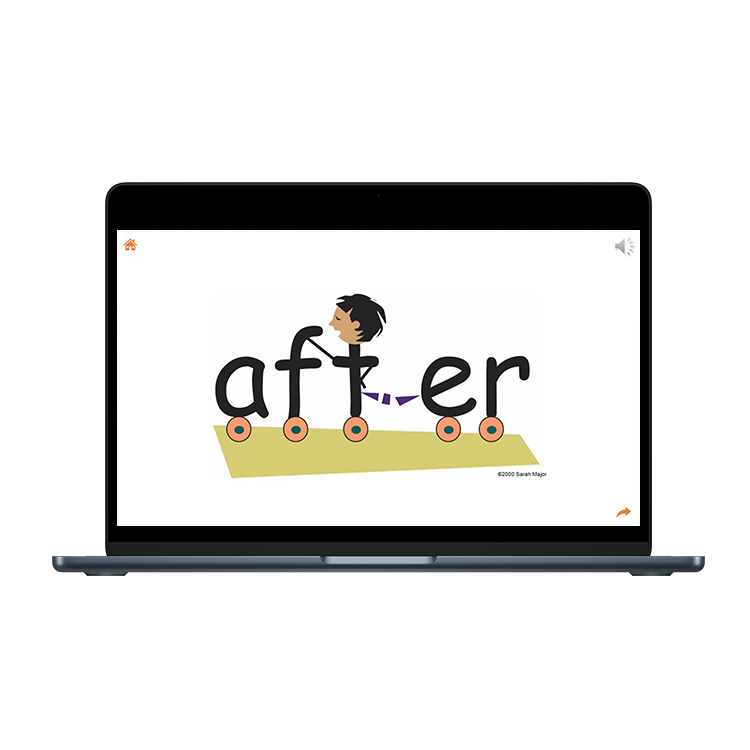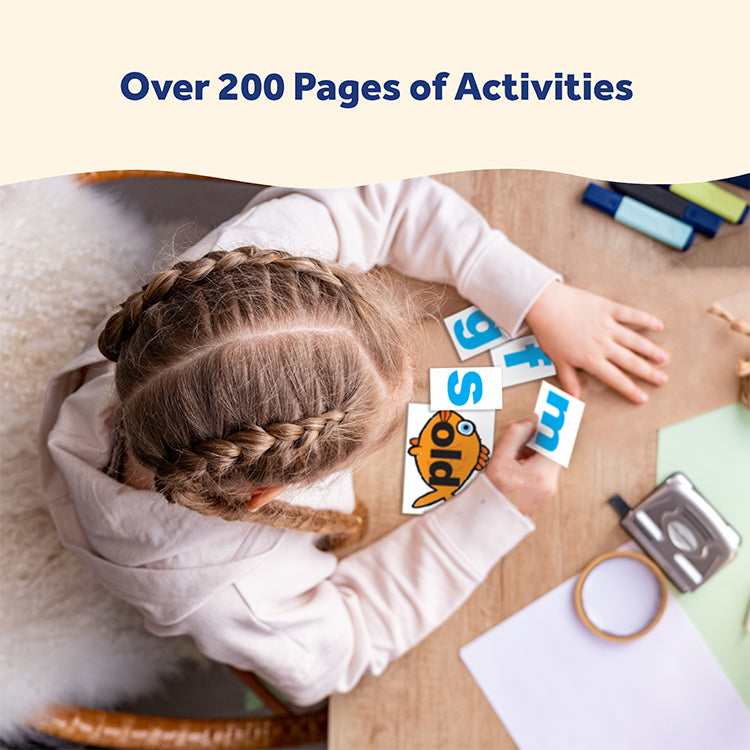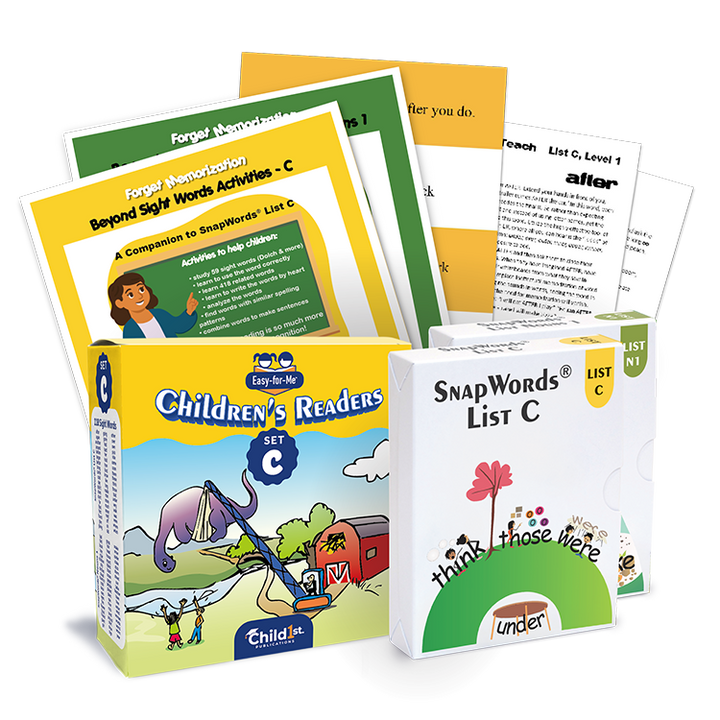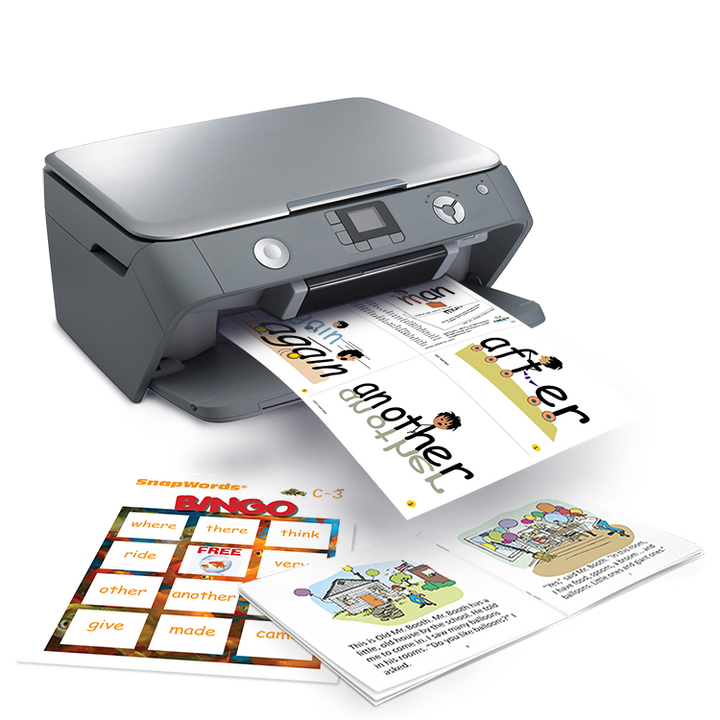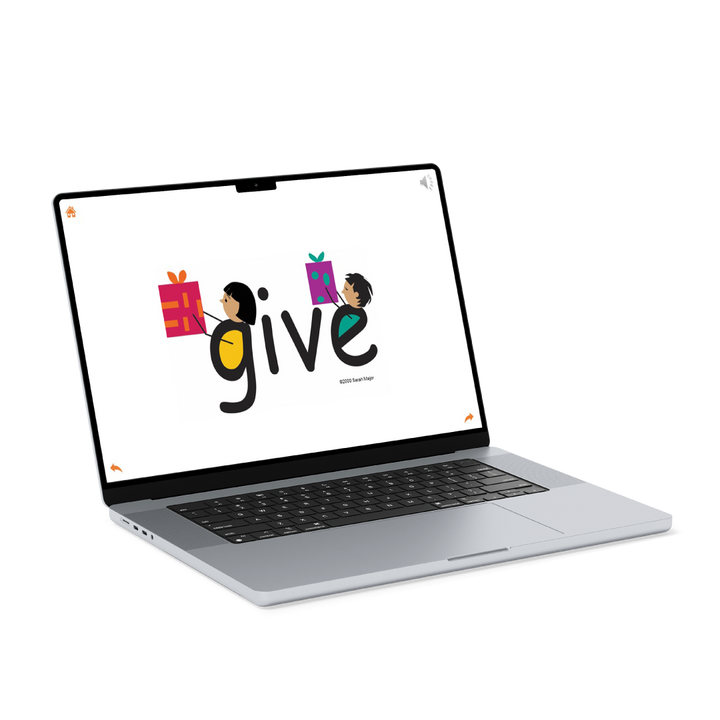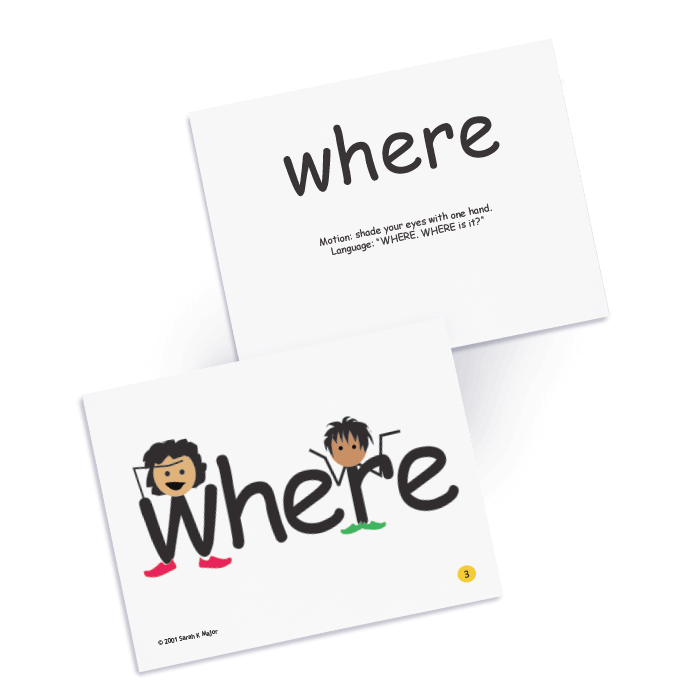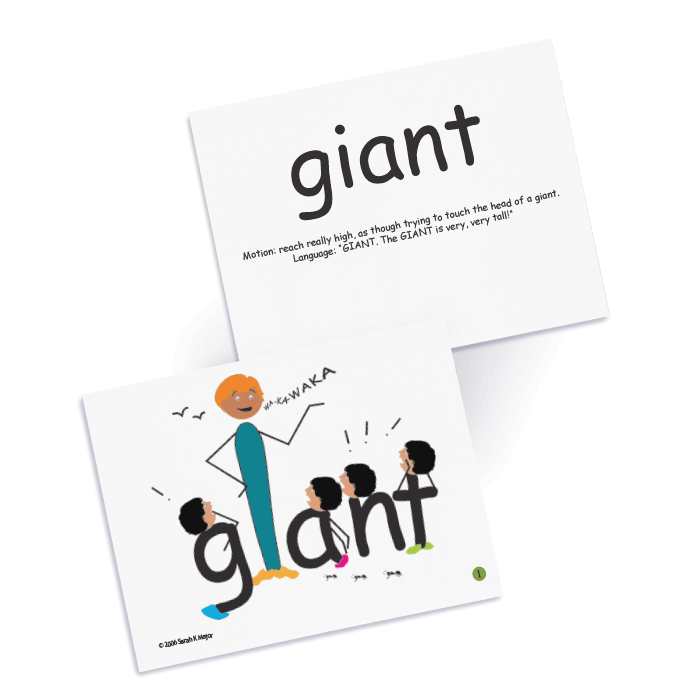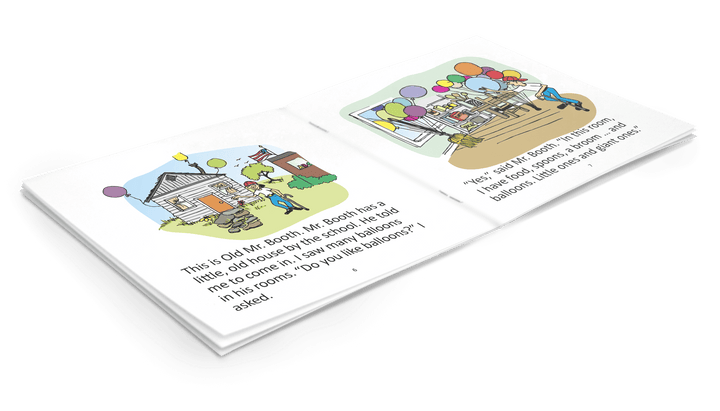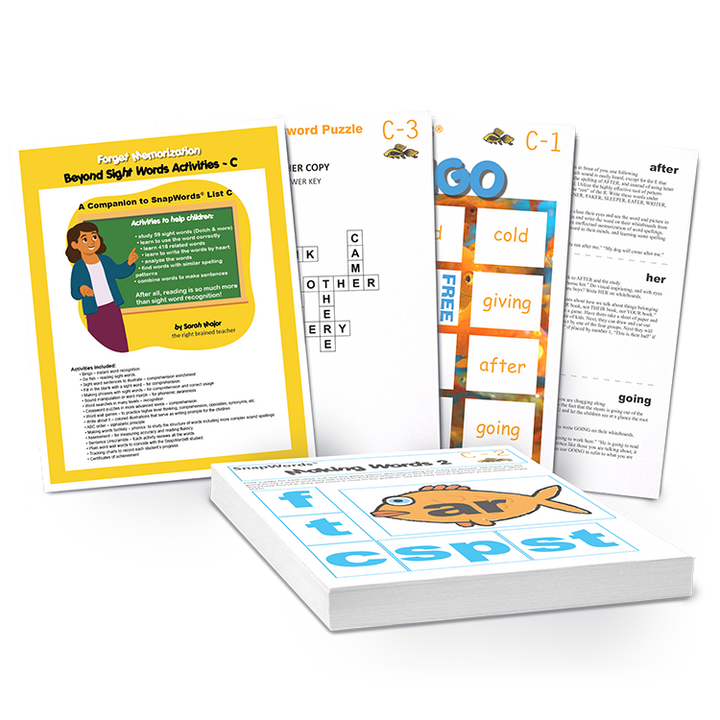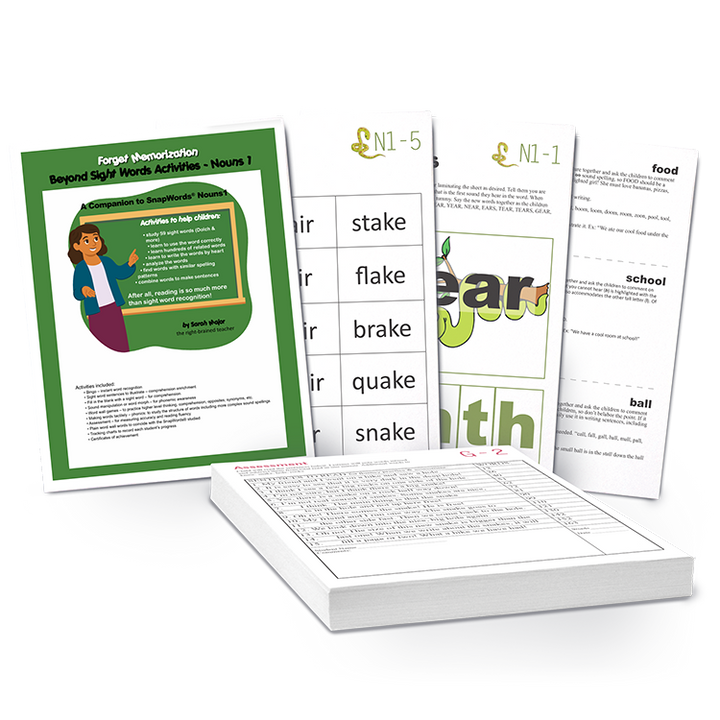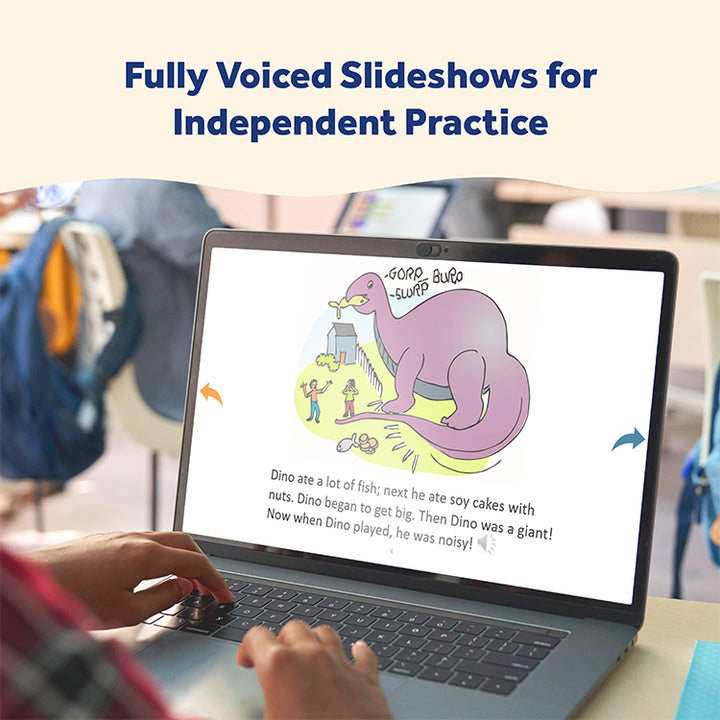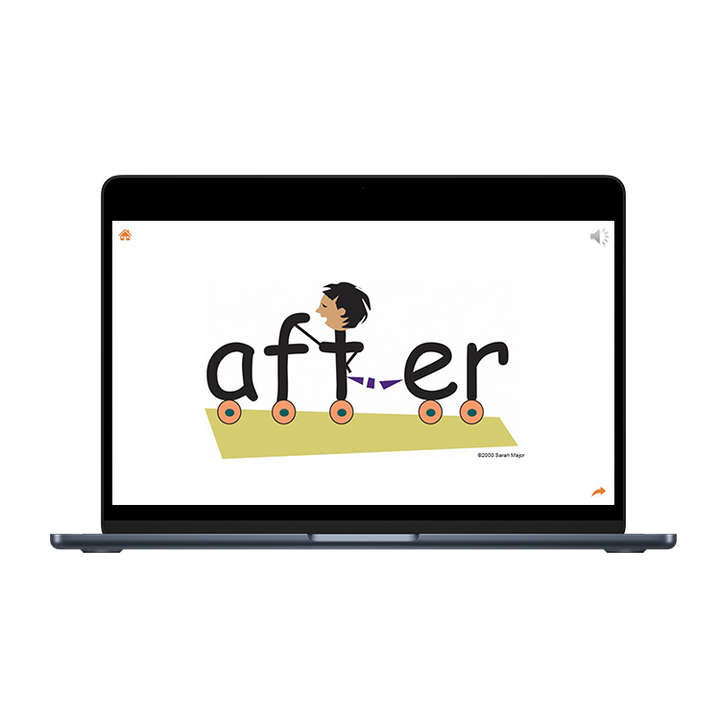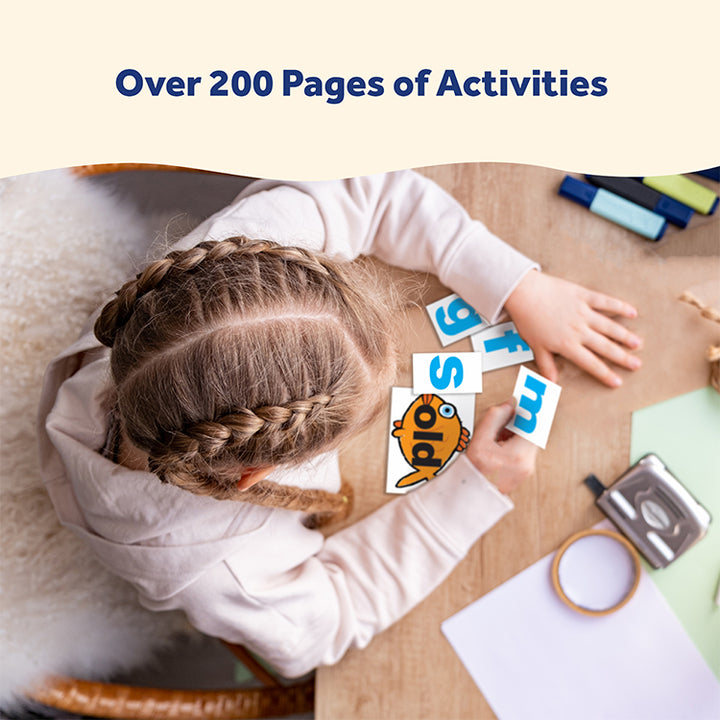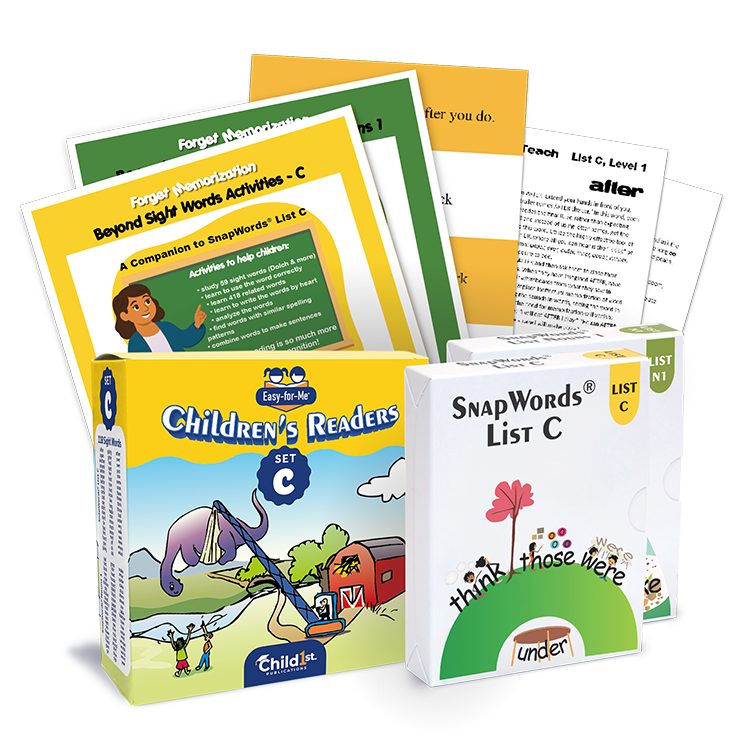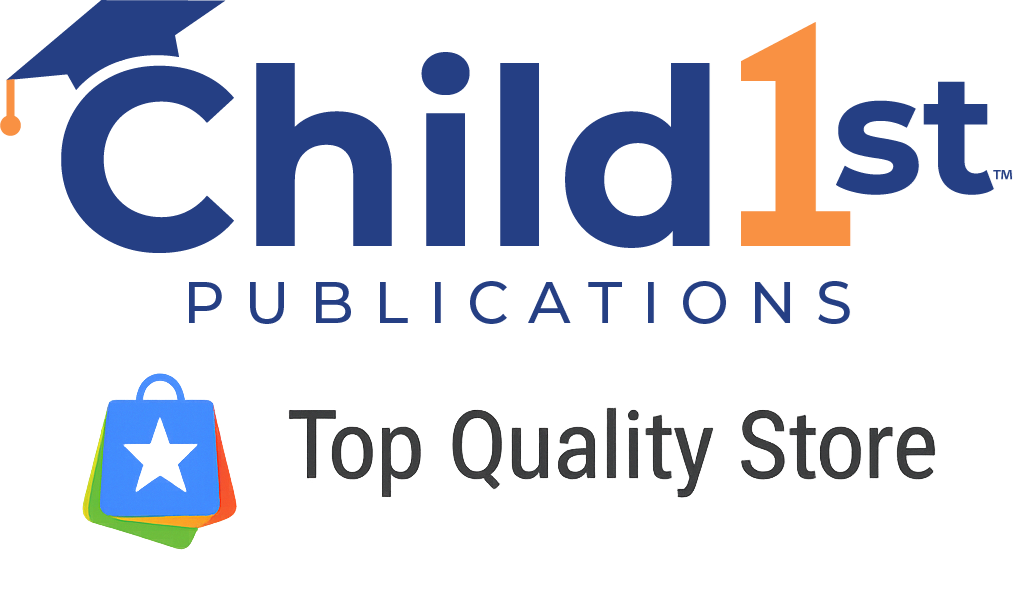Continue your reading mastery with SnapWords® System Kit C! This captivating set, featuring SnapWords® Lists C and Nouns 1, along with Easy-for-Me™ Children's Readers Set C, propels you toward a deeper understanding of language. Each word in List C is a stepping stone to heightened reading proficiency, bringing you closer to fluency and comprehension. Nouns List 1 introduces essential nouns, naming, and labeling that add depth and specificity to your language skills, enhancing your ability to express ideas with precision. Kit C teaches long and short OO sounds, OY and OI, more R-controlled spellings, OW and OU, and much more. Embark on this transformative reading experience and watch your literacy skills flourish!
What’s Included
· SnapWords® Lists C & Nouns 1
· Easy-for-Me™ Children’s Readers Set C
· Download of corresponding SnapWords® Mini-Lessons, Sight Words in Sentences, and Beyond Sight Words Activities C & Nouns 1



